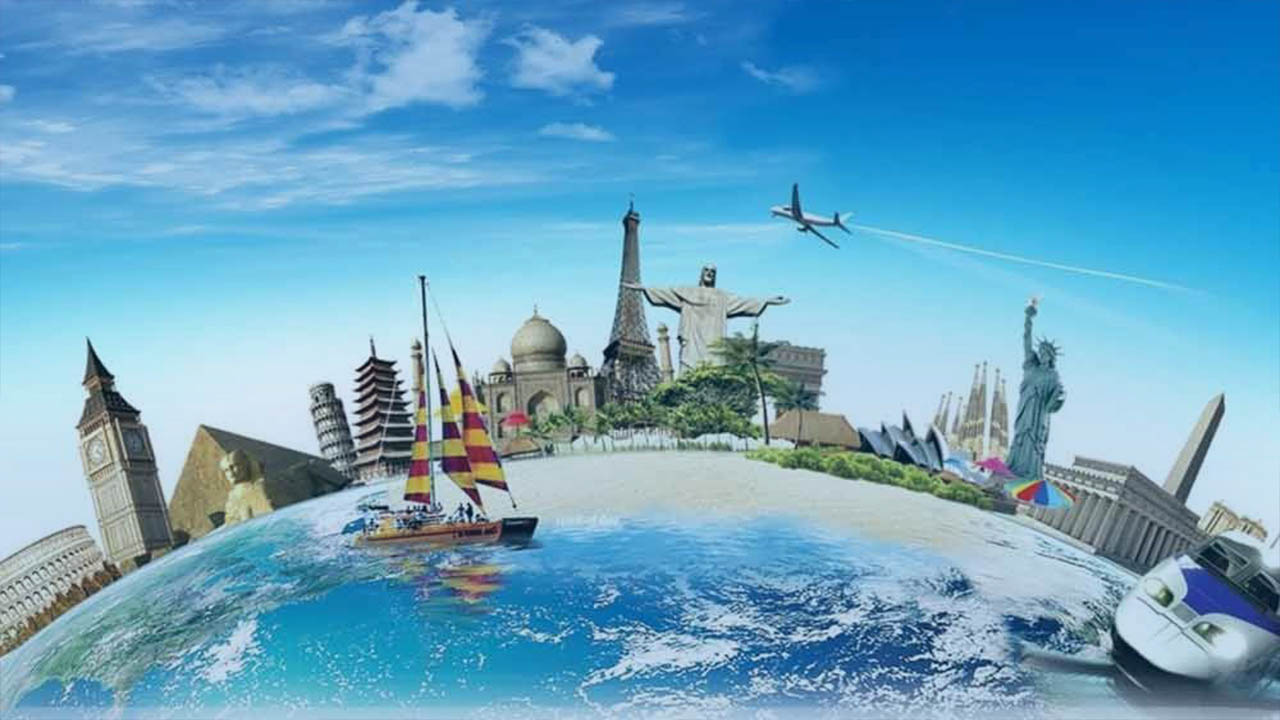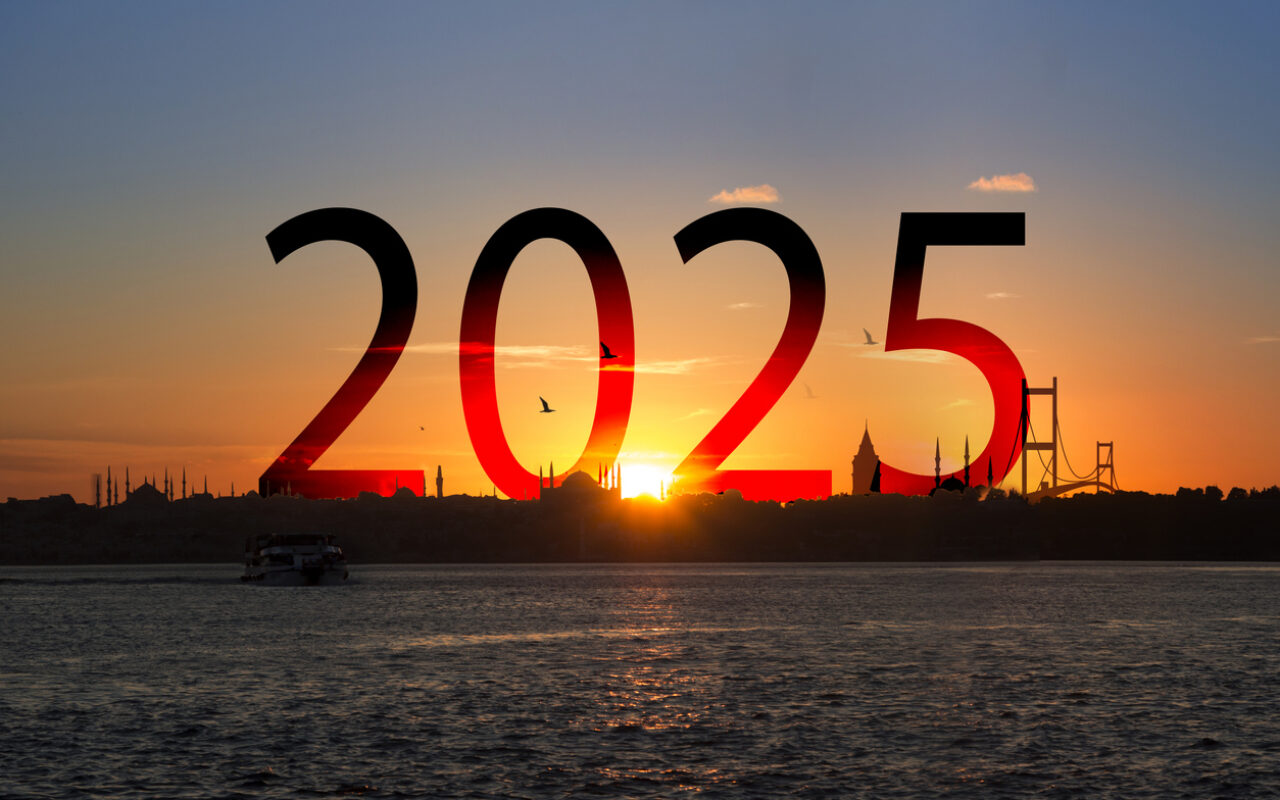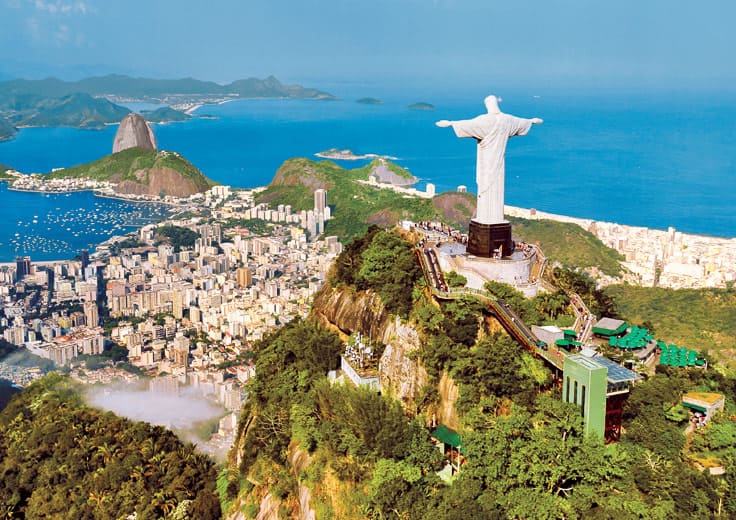Exploring The World In 2025: A Glimpse Into The Future Of Travel
Exploring the World in 2025: A Glimpse into the Future of Travel
Related Articles: Exploring the World in 2025: A Glimpse into the Future of Travel
Introduction
With great pleasure, we will explore the intriguing topic related to Exploring the World in 2025: A Glimpse into the Future of Travel. Let’s weave interesting information and offer fresh perspectives to the readers.
Table of Content
Exploring the World in 2025: A Glimpse into the Future of Travel

The world is constantly evolving, and so too are our travel desires. As we look ahead to 2025, a new era of travel emerges, driven by technological advancements, shifting priorities, and a growing awareness of sustainability. Understanding these trends is crucial for discerning travelers seeking enriching and unforgettable experiences.
The Future of Travel: Trends Shaping the 2025 Landscape
Several key trends are shaping the future of travel in 2025:
1. Hyper-Personalization: Travelers are increasingly seeking experiences tailored to their individual interests and preferences. This trend is fueled by the rise of data-driven technologies, allowing travel companies to offer highly customized itineraries, recommendations, and services.
2. Sustainable Travel: Environmental consciousness is reaching new heights, with travelers actively seeking out sustainable destinations and eco-friendly practices. This includes responsible tourism initiatives, carbon offsetting programs, and support for local communities.
3. Wellness and Wellbeing: Travel is no longer solely about sightseeing; it’s about rejuvenation and personal growth. Wellness tourism is gaining traction, offering experiences focused on mindfulness, health, and self-improvement.
4. Experiential Travel: Beyond simply visiting a place, travelers are craving authentic experiences that immerse them in local culture, history, and traditions. This includes interactive tours, workshops, and opportunities to connect with locals.
5. Technology Integration: Technology will continue to play a pivotal role in travel, from seamless booking and planning to real-time navigation and communication. Virtual reality and augmented reality are expected to offer immersive travel experiences, even before stepping foot in a destination.
New York Times Destinations 2025: A Guide to the World’s Most Captivating Spots
The New York Times Destinations 2025, a comprehensive guide to the world’s most captivating travel destinations, reflects these emerging trends. This resource provides insights into the best places to travel in 2025, highlighting destinations that offer unique experiences, sustainable practices, and a focus on wellness and cultural immersion.
The Importance of the New York Times Destinations 2025
The New York Times Destinations 2025 serves as a valuable resource for travelers seeking to make informed decisions about their next adventure. By providing curated lists of destinations, the guide helps travelers:
- Discover hidden gems and off-the-beaten-path destinations: The guide spotlights lesser-known destinations, encouraging travelers to explore beyond the typical tourist hotspots.
- Embrace sustainable and responsible travel: The guide features destinations committed to sustainable tourism practices, promoting responsible travel and environmental conservation.
- Experience authentic cultures: The guide highlights destinations that offer immersive cultural experiences, allowing travelers to connect with local traditions and communities.
- Prioritize wellness and self-discovery: The guide includes destinations known for their wellness offerings, catering to travelers seeking rejuvenation and personal growth.
- Stay informed about emerging trends: The guide reflects the latest trends in travel, offering insights into the future of the industry and helping travelers make informed decisions.
Understanding the Benefits of the New York Times Destinations 2025
The New York Times Destinations 2025 offers numerous benefits to travelers, including:
- Inspiration and Ideas: The guide provides a wealth of inspiration for travel planning, showcasing diverse destinations and unique experiences.
- Expert Recommendations: The guide features insights and recommendations from travel experts, ensuring travelers choose destinations that align with their interests and preferences.
- Time-Saving: The guide streamlines the travel planning process by providing curated lists of destinations, saving travelers time and effort.
- Enhanced Travel Experiences: The guide helps travelers discover destinations that offer authentic experiences, promoting deeper cultural immersion and enriching memories.
- Increased Awareness: The guide raises awareness about sustainable travel practices and encourages travelers to make responsible choices.
Frequently Asked Questions (FAQs) About New York Times Destinations 2025
Q: How is the New York Times Destinations 2025 guide compiled?
A: The guide is compiled through a rigorous selection process, considering a combination of factors, including:
- Uniqueness and distinctiveness: The guide prioritizes destinations that offer unique experiences and stand out from the crowd.
- Sustainability and responsible tourism: The guide emphasizes destinations committed to sustainable practices and environmental conservation.
- Cultural immersion and authenticity: The guide features destinations that offer opportunities for authentic cultural experiences and local engagement.
- Wellness and rejuvenation: The guide includes destinations known for their wellness offerings, catering to travelers seeking relaxation and self-improvement.
- Emerging trends and innovations: The guide reflects the latest trends in travel, highlighting destinations that embrace new technologies and innovative experiences.
Q: What criteria are used to select the destinations featured in the guide?
A: The criteria for selecting destinations include:
- Destination appeal: The guide considers the overall appeal and attractiveness of a destination, including its natural beauty, cultural heritage, and historical significance.
- Accessibility and infrastructure: The guide considers the ease of access to a destination, including transportation options and available infrastructure.
- Safety and security: The guide prioritizes destinations with a high level of safety and security for travelers.
- Sustainability and environmental responsibility: The guide emphasizes destinations committed to sustainable practices and environmental conservation.
- Cultural authenticity and local engagement: The guide prioritizes destinations that offer opportunities for authentic cultural experiences and local engagement.
- Wellness and rejuvenation: The guide includes destinations known for their wellness offerings, catering to travelers seeking relaxation and self-improvement.
Q: How often is the New York Times Destinations 2025 guide updated?
A: The guide is updated annually to reflect the latest trends and developments in the travel industry. New destinations are added, existing destinations are reevaluated, and information is refreshed to ensure the guide remains current and relevant.
Q: Is the New York Times Destinations 2025 guide available in print and online formats?
A: The guide is available in both print and online formats. The print version provides a comprehensive overview of the destinations, while the online version offers interactive features, including maps, itineraries, and travel tips.
Tips for Using the New York Times Destinations 2025 Guide
To maximize the benefits of the New York Times Destinations 2025 guide, consider the following tips:
- Define your travel interests: Before using the guide, identify your travel interests, preferences, and priorities. This will help you focus your search and discover destinations that align with your needs.
- Explore diverse destinations: The guide features a wide range of destinations, so take time to explore different options and discover hidden gems that you might not have considered before.
- Look beyond the top-rated destinations: While the guide includes popular destinations, it also highlights lesser-known gems that offer unique experiences and cultural immersion.
- Consider sustainability: The guide emphasizes sustainable travel practices, so make an effort to choose destinations and activities that minimize your environmental impact.
- Engage with local communities: The guide encourages travelers to connect with local communities and experience their culture firsthand.
- Embrace the unexpected: Be open to new experiences and unexpected discoveries. The guide can inspire you to step outside your comfort zone and explore new horizons.
Conclusion: Embracing the Future of Travel
The New York Times Destinations 2025 guide provides a valuable resource for travelers seeking to explore the world in an informed and responsible manner. By embracing the trends shaping the future of travel, travelers can discover destinations that offer unique experiences, sustainable practices, and a focus on wellness and cultural immersion.
The guide serves as a compass for discerning travelers, guiding them toward enriching experiences and fostering a deeper understanding of the world’s diverse cultures and landscapes. As we look ahead to 2025 and beyond, the future of travel promises exciting possibilities, encouraging us to embrace new adventures and create lasting memories.








Closure
Thus, we hope this article has provided valuable insights into Exploring the World in 2025: A Glimpse into the Future of Travel. We hope you find this article informative and beneficial. See you in our next article!
You may also like
Recent Posts
- National Holidays In Poland: 2025
- Navigating The March 2025 School Holidays In South Africa: A Comprehensive Guide
- Exploring The World In 2025: A Glimpse Into The Future Of Travel
- The Significance And Celebration Of New Year’s Day
- Navigating The Year: A Guide To National Holidays In 2025
- A Comprehensive Guide To March 2025 Holidays In Telangana
- An Exploration Of The African Safari Experience: November 2025
- Navigating March 2025 Holidays In Canada: A Comprehensive Guide
Leave a Reply